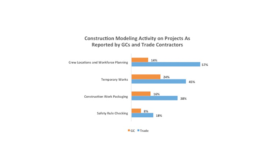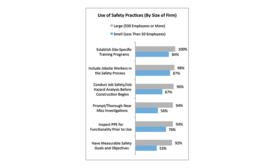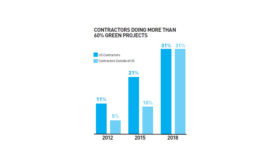Articles by Steve Jones
Partners on construction teams have different perceptions about BIM, its use and benefits
Read More
Component Design Moves Beyond Standard Prefab
Prefabrication is creating next-generation change in the fast, efficient delivery of complex buildings
Read More
The latest news and information
#1 Source for Construction News, Data, Rankings, Analysis, and Commentary
JOIN ENR UNLIMITEDCopyright ©2025. All Rights Reserved BNP Media.
Design, CMS, Hosting & Web Development :: ePublishing





